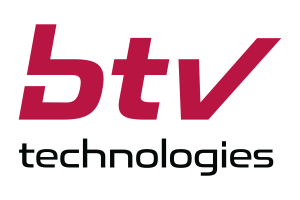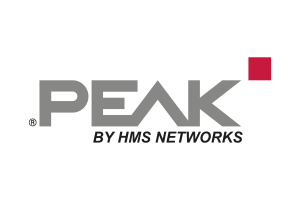Design-for-Excellence from EMS to ODM
EMS and the transition of the “Sharing Economies”
Whereas a few years ago criteria relating to assembly production were taken into account in the selection of suppliers, today a professional EMS Provider must offer much more in order to be able to keep up with the pace of the “sharing economies” as a realization partner.
The service environment of EMS providers is changing rapidly. In order to be able to master the diverse development disciplines along the supply chain, an EDMS provider must focus today on having proven internal application, test and NPI design structures. Why internal, when up till now it was possible to solve this with partners? The answer would be “correct” – provided that time does not play a role.
In the age of digital supply chain connections, countless tech forums and quality knowledge along intra- and extra-logistical process chains, it is an absolute must to be able to offer real-time support for any technical challenge. Only in this way is it possible to implement interface-free and sustainable improvements in the lifecycle of customer applications as smoothly as possible. Topics such as design for manufacturing, design for test, design for logistics or design for security require project-specific in-depth expertise in order to offer the OEM the best possible conditions for its market success.
International access to global procurement markets requires that EMS companies are structured internationally. This is the only way to gain access to and use to the right, design-specific components at the right price, taking into account a commercial Total-Cost-of Ownership perspective for the respective OEM applications. This Design-to-Cost requires the earliest possible integration of the EDMS partner into the OEM‘s project and marketing environment.
Design-for-Excellence as a prelude to digitized ODM
This integration into the marketing environment leads to the conclusion that the professional EMS provider must increasingly develop into an ODM (Original Design Manufacturer). From the design perspective this can, in principle, be confirmed. In order to be a fully-fledged ODM partner, EDMS providers, i.e. EMS with pronounced design competence, thus the “D”, are also developing their performance profiles far beyond electronics manufacturing towards that of professional service providers of mechatronic production steps. This intrinsic systems approach therefore completes the depth of competence of today‘s system-oriented technical service provider. With this approach, the research and development perspective of the company responsible for development is transformed into a “shared” research and development competence environment covering application benefits, differentiation and implementation knowledge.
This close liaison promotes a short and customer-needs-oriented time to market which, in agile project environments, leads to consistent and market-oriented solutions. Solution performance depends on making maximum use of the potential of digital platforms, both in procedural intralogistics and in the networking of all supply chain partners via end-to-end solutions. Speed, as well as the elimination of error sources all along the product life cycle, i.e. post design phase: in prototype construction, in series production and also through IoT cleverness in after-sales, requires a holistic knowledge of the requirements of the OEM’s application and thus predestines the EDMS industry to continue along the path of development towards ODM.
ODM as a “shared” partner of eco-conglomerates
Only the future will tell. The innovations, which are currently restructuring the markets in their value and supply chains through disruptive digital business models, require highly developed implementation knowledge along the entire production path of an ecosystem. Artificial intelligence in the design environment will support the modern, introductory Design for Excellence approach in many ways and thus make innovation safer and more competitive.
This new highly integrated diversity of applications requires ecosystem partners who, with an overall understanding, can accompany these innovation steps with a well-functioning implementation system. This requires a continuous quest for further integration, further networking and a higher level of competence within the new system requirements. We can therefore look forward to an exciting future on the road to the evolution of the EMS industry!







